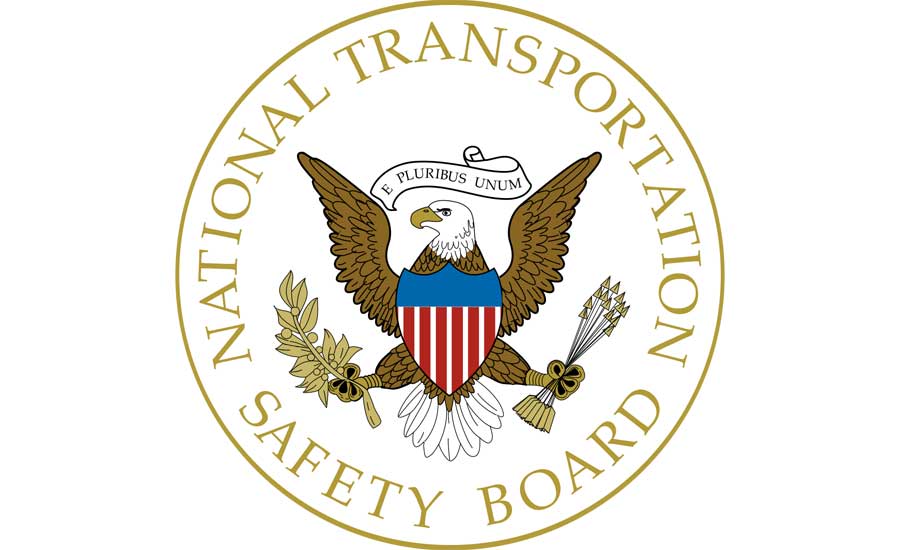The National Transportation Safety Board (NTSB) is calling for new national requirements for seating and seat belt systems on limousines, citing evidence gathered in investigations of accidents in three states, including the October 18 crash of a stretch limousine in Schoharie, New York, that killed the driver, 17 passengers and two pedestrians.
Findings from that incident, along with others involving limousines in Illinois and New Jersey, were used to develop the NTSB’s Safety Recommendation Report, which recommends that the National Highway Traffic Safety Administration require:
- lap/shoulder belts for each passenger seating position on all new vehicles modified to be used as limousines, and
- seating systems in these vehicles to meet minimum performance standards to ensure their integrity during a crash
Industry can play a role
The NTSB is also directing the National Limousine Association to educate members on the benefits of proper seat belt use and recommended they develop methods to ensure seat belts are functional and accessible to passengers and encourage passengers to use them.
An additional recommendation was made to the New York State Department of Transportation, to ensure all limousine seat belts are functional and accessible in their regular inspection process. The NTSB also reiterated an earlier recommendation that the state pass legislation that provides for primary enforcement of a mandatory seat belt use law for all vehicle seating positions equipped with a passenger restraint system, including passenger seats in limousines.
“It’s disheartening to learn that some passenger vehicles are legally on the road that don’t offer passengers well-designed seats and seat belts,’’ said NTSB Chairman Robert L. Sumwalt. “All vehicle occupants should have the same level of protection, wherever they are seated. And everyone should use seat belts whenever they are available.”
The 2001 Ford Excursion involved in the Schoharie crash was significantly modified. It was stretched 144 inches and the interior in the stretched region was reconfigured with perimeter-style bench seating. The three benches were equipped with passenger lap belts.
In addition to the bench seats, five of the six original rear seats were retained, along with their factory-equipped lap/shoulder belts. The NTSB post-crash inspection indicated 21 belted seating positions, although seating positions could range from 18 to 22, depending on how a position is defined.
Modifications led to seat failures
After the collision, the NTSB found the side- and rear-facing bench seats failed in the direction of the crash forces and that the strength of these seats and their anchorages were inadequate during the crash. In comparison, the original Ford passenger seats in the rear of the vehicle remained attached to the floor and intact.
Evidence from first responders and post-crash examinations of victims indicated that none of the passengers were wearing the passenger lap or lap/shoulder belts at the time of the crash.
The NTSB found that the Schoharie crash was an extreme event in which the occupants were subject to high crash forces. The NTSB has investigated other limousine crashes, such as those in Elgin, Illinois, and Cranbury, New Jersey, that involved lower crash forces but still resulted in serious injuries and fatalities. In all three crashes, properly designed and installed seats and seat belts systems – and seat belt use – had the potential to mitigate injuries and increase survivability.
Seat belts not accessible to passengers
In the Elgin case, investigators found the seat belts installed in the perimeter seating area were not accessible to passengers, and passengers were not wearing them at the time of the crash. In Cranbury, despite the presence of lap/shoulder belts, all five occupants were unbelted at the time of the crash.
The NTSB found that if seat belts on limousines are not readily accessible to the passengers, they are unlikely to be worn.
Safety Recommendation Report 19/02 is available online at https://go.usa.gov/xVANn.
Supporting documents for the safety recommendation report can be found in the case docket at https://ntsb.gov/investigation/SitePages/dms.aspx and search for NTSB Accident ID HWY19MH001.








